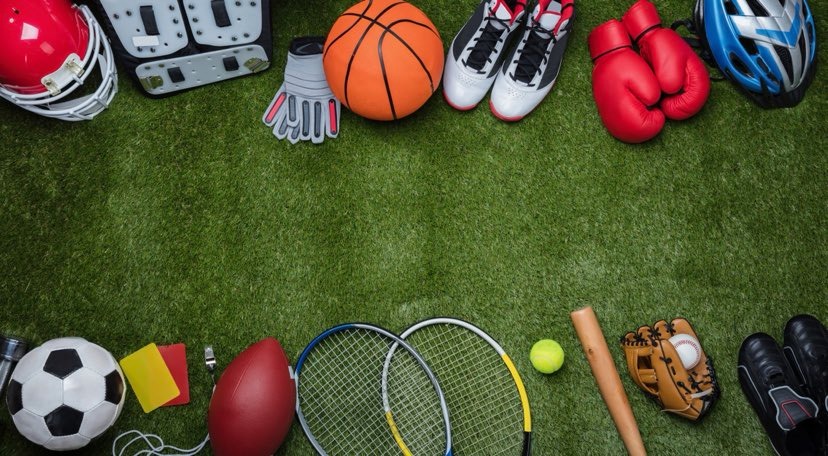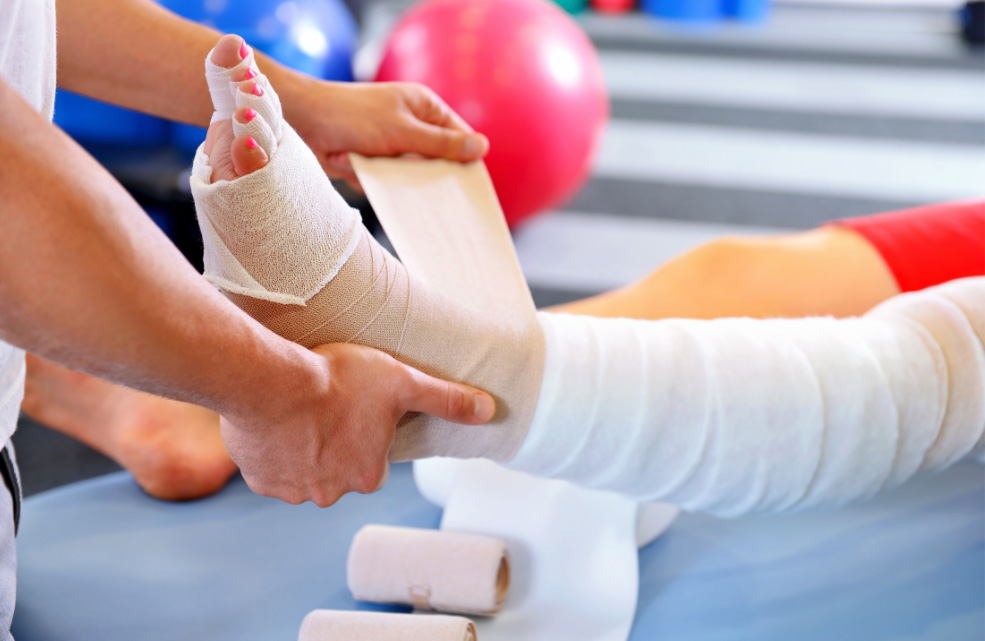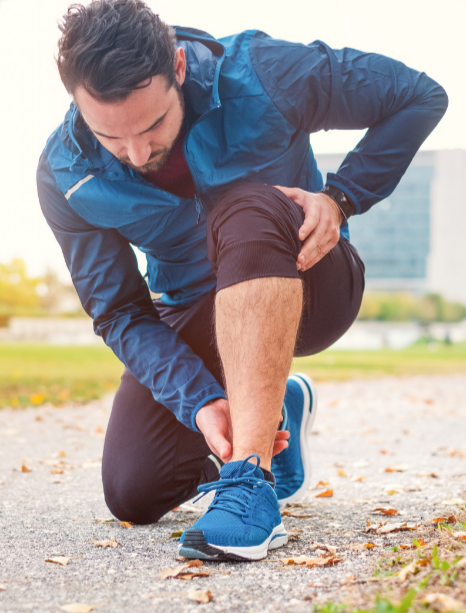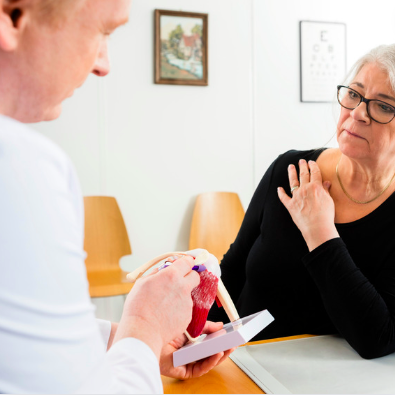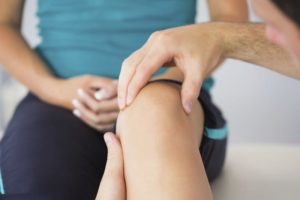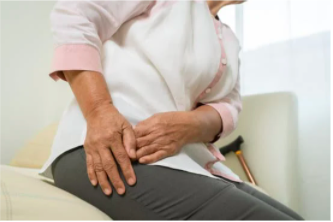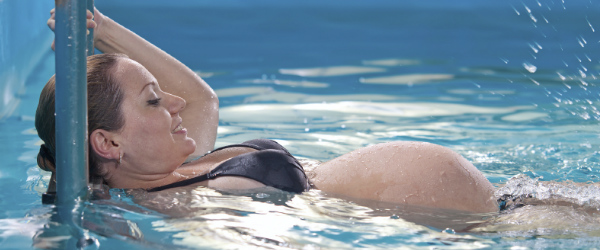Dynamic warm ups: What are they and why are they important in sports?
Within the sporting world, it is common practice for athletes to commence a thorough warm-up to get their bodies physically prepared to play. Typically, the most known method of warming is stretching. However, in terms of recovery and injury reduction, there is a more modern approach to warm-ups, known as dynamic warm-ups. Dynamic warm-ups consist of repetitive movements that are ‘active’ in nature. These are usually structured to be similar to the movements that the sport/activity needs. Keeping constantly moving…

